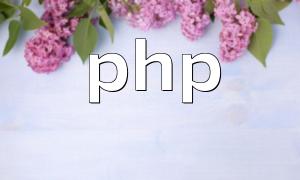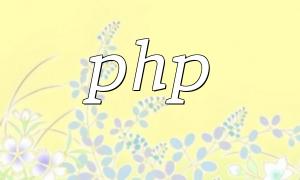In WordPress development, adopting Object-Oriented Programming (OOP) helps developers effectively organize their code, reduce coupling, and improve reusability and maintainability. In this article, we will explore conditional statements and loop statements in WordPress to help developers better understand and utilize these control structures.
In WordPress, the if statement is commonly used to check whether a variable or expression is true. Its syntax is as follows:
if (condition) {
// Execute this code if condition is true
}Important Tip: In WordPress, it is recommended to use the strict comparison operators === or !== rather than the loose comparison operators == or !=, as loose comparison may lead to type conversion issues.
Besides the if statement, the else statement is also commonly used. The else statement is executed when the condition in the if statement is false. The syntax is as follows:
if (condition) {
// Execute this code if condition is true
} else {
// Execute this code if condition is false
}If you need to check multiple conditions, you can use the elseif statement. It is an extension of the if statement and continues checking other conditions when the if statement's condition is false. The syntax is as follows:
if (condition1) {
// Execute this code if condition1 is true
} elseif (condition2) {
// Execute this code if condition2 is true
} else {
// Execute other code
}The while loop repeats the code block while the condition is true. The syntax is as follows:
while (condition) {
// Repeat the code while the condition is true
}The for loop is commonly used when you know how many times the loop should run. The syntax is as follows:
for ($i = 0; $i < 10; $i++) {
// Repeat 10 times
}Important Tip: In WordPress development, avoid using global variables and prefer using class properties instead. The following is an example:
class MyClass {
private $counter = 0;
$this->counter++;
}
public function getCounter() {
return $this->counter;
}
}
$obj = new MyClass();
for ($i = 0; $i < 10; $i++) {
$obj->countUp();
}
echo $obj->getCounter();
This article covered conditional statements and loop statements in WordPress, including the if, else, elseif, while, and for statements. In real development, choose the appropriate statement based on the specific context to improve the readability and efficiency of your code.










